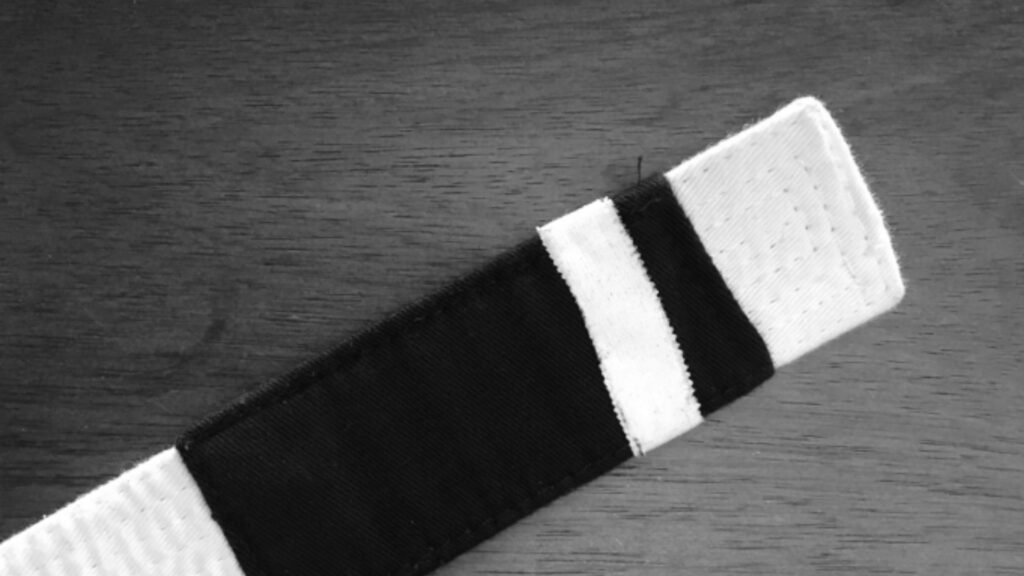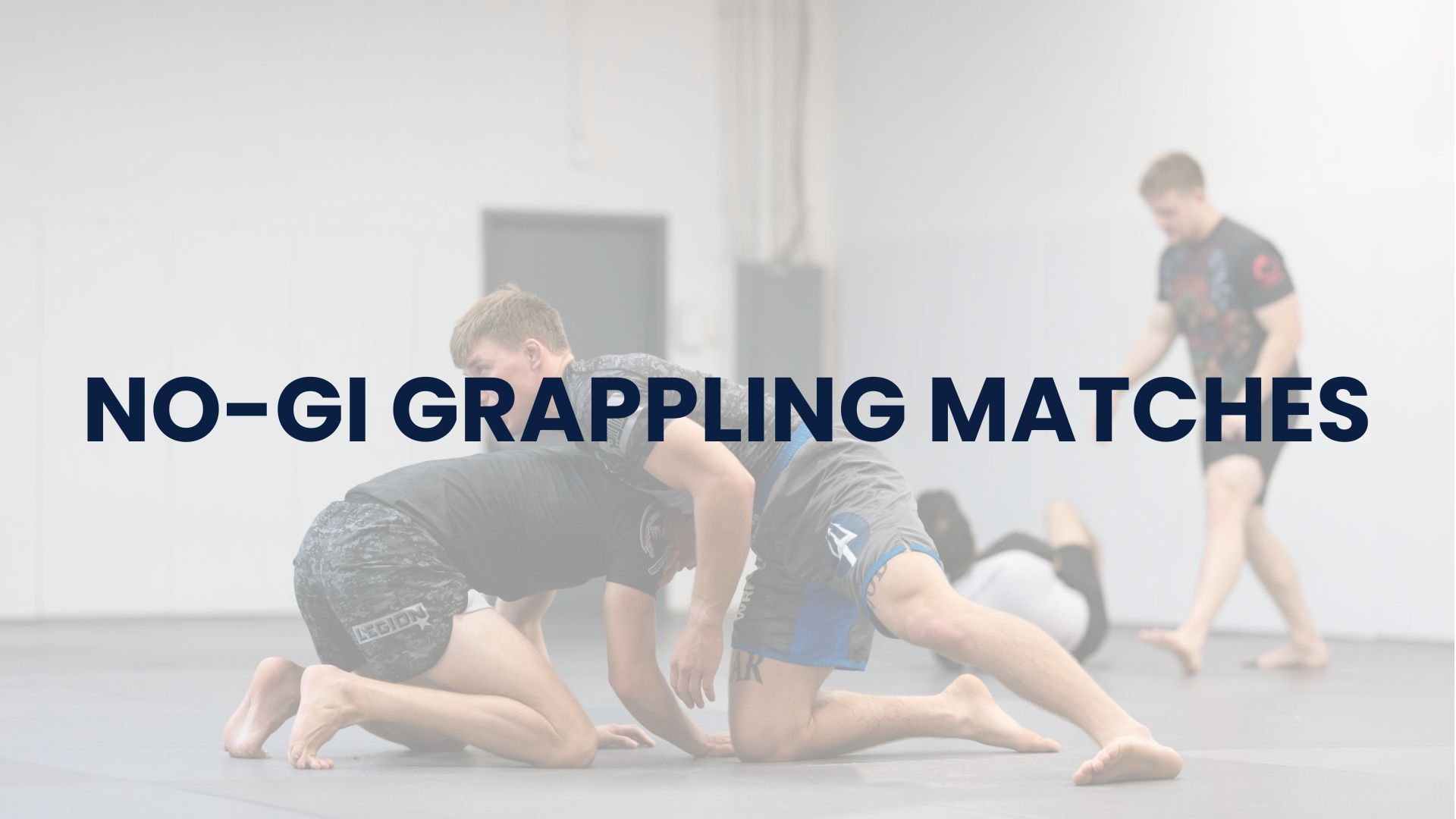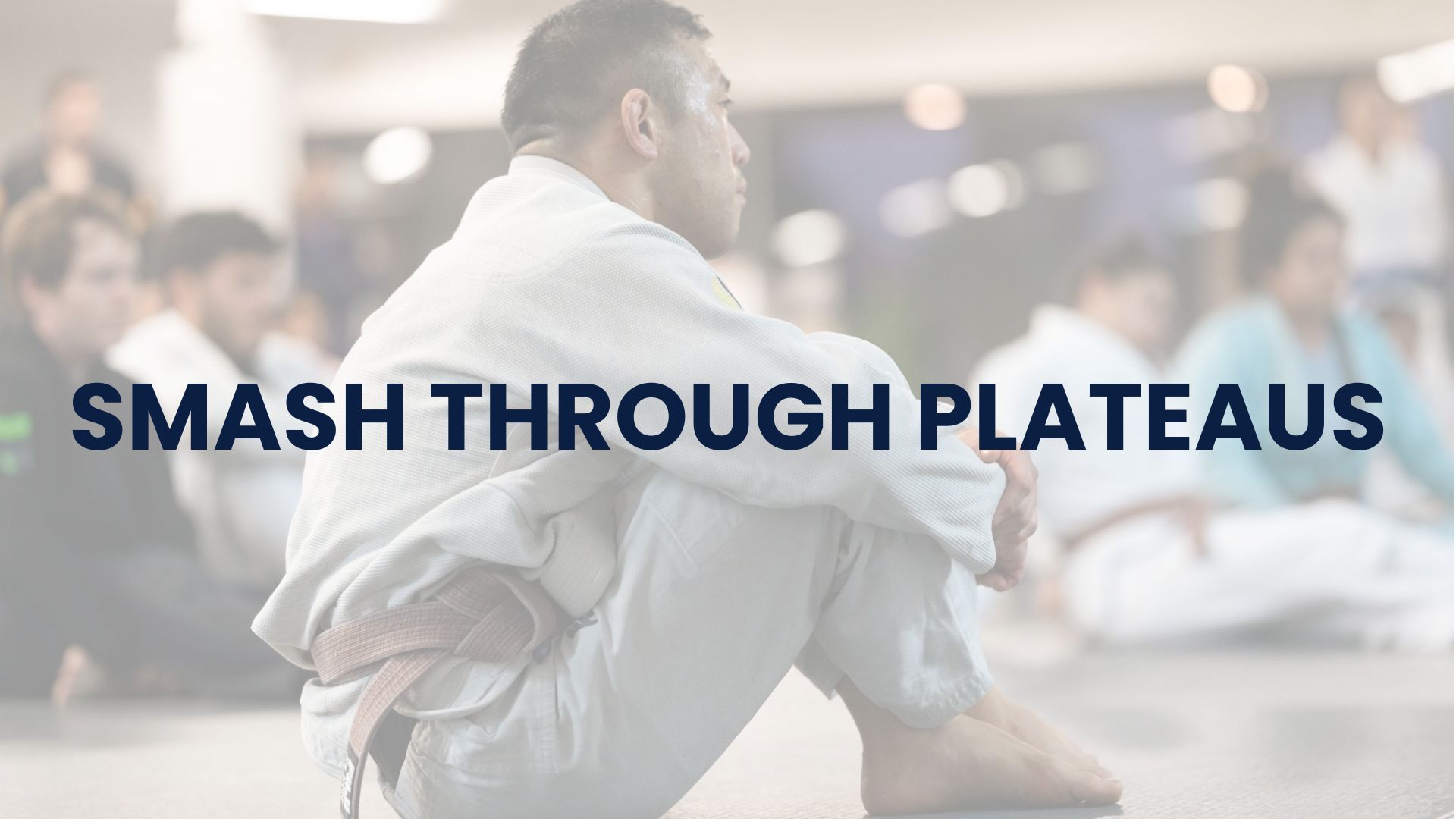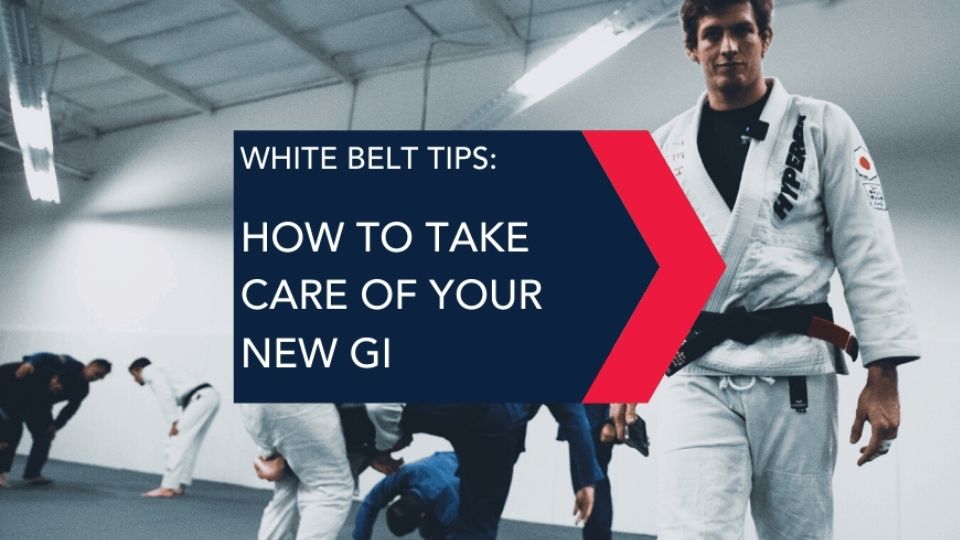
First, belt stripes are more than just tape on your belt—they’re milestones in your jiu-jitsu journey that show your progress within your current belt level. At Legion, we have a structured approach to promotions, blending objective criteria (like attendance and technical skills) and subjective elements (like attitude and mat etiquette).
Let’s break down what it takes to earn belt stripes at white belt:
First Stripe – The Basics Graduate
This one’s pretty straightforward! You’ll typically earn your first stripe after:
- Completing our 5-Week Beginner Course
- Attending 10-15 additional classes
- Or reaching about 66 days of total training
What do you need to know? By this point, you should:
- Know how to fall safely and tap when needed (super important!)
- Recognize basic positions like mount, back control, and guard
- Understand simple submissions like armbars and chokes
- Be able to roll safely (and maybe even have a little fun doing it!)
Second Stripe – Building Foundations
Now we’re getting somewhere! For your second stripe, you’re expanding your game:
- Starting to work takedowns (even basic ones count!)
- Hitting some sweeps from closed and half guard
- Learning to break grips and pass guard
- Adding more submissions to your arsenal
Third Stripe – Gaining Comfort
By your third stripe, you’re starting to feel more at home on the mats:
- Getting comfortable starting from standing
- Using different types of guards (not just closed!)
- Smooth transitions between positions
- Understanding how jiu-jitsu changes with strikes (yes, we think about self-defense too!)
Fourth Stripe – Almost Blue
The final stripe at white belt means you’re knocking on the door of blue belt:
- Able to help newer students in class
- Starting to recognize and use some intermediate techniques
- Technically controlling against newer white belts of similar size
Some things to keep in mind:
- There’s no fixed timeline – while most people take 1-2 years to reach blue belt, everyone’s journey is different
- Consistency is key – training 2-3 times per week is the sweet spot for steady progress
- Competition can help but isn’t required for promotions with belt stripes.
- Your attitude matters – being respectful, open-minded, and supportive goes a long way
Remember, belt stripes aren’t just about time served or the number of classes you attend. They represent your overall growth in jiu-jitsu – your technical skills, your understanding of the art, and your development as a training partner.











